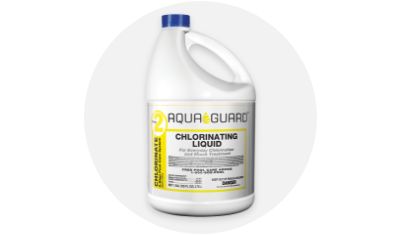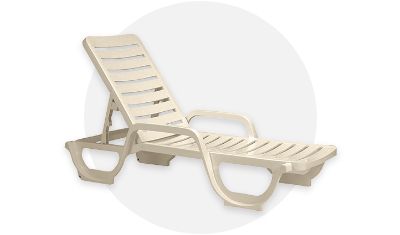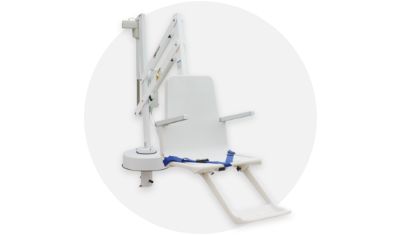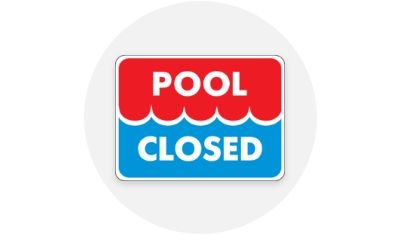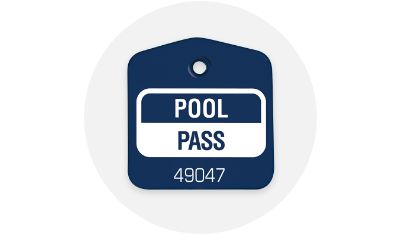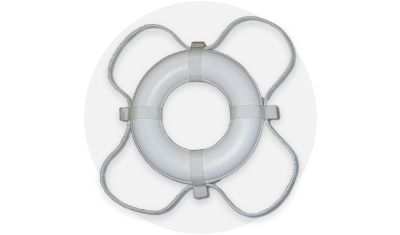
Easy Pool Maintenance
Why hire an expensive third-party pool care service? With the AquaGuard® system, you can do pool maintenance yourself and potentially save thousands annually† on outsourcing costs.
†Calculations based on a 45,000 gallon pool.
BALANCERS
A balanced pH helps prevent eye and skin irritation, and can help reduce damage to filtration equipment and pool surfaces.
Remember:
• Ideal range for pH is 7.4-7.6
• Test your pool's pH every day
• Use a proper test kit
Treats:
Saltwater Pools, Cloudy Water, Eye and Skin Irritation, and Chlorine Odor
Shop All Balancers
SANITIZERS
Chlorinating your pool water daily is an easy and effective way to control algae and bacteria. When you sanitize the water, you help prevent bacteria and algae growth.
Remember:
• Ideal range for free chlorine is 1.0-1.5 ppm (varies by state)
• Test chlorine levels every day
Treats:
Chlorine Odor, Brown and Mustard Algae, Green Algae, and Black Algae
Shop All Sanitizers
SHOCK
Periodic shocking removes organic waste materials such as suntan oils, perspiration, and other organic materials.
Remember:
• The best time to shock is early evening, so the sun will not reduce the effectiveness of the treatment.
Treats:
Saltwater Pools, Cloudy Water, Eye and Skin Irritation, Chlorine Odor, Brown and Mustard Algae, Green Algae, and Black Algae
Shop All Shock
ALGAE CONTROL
AquaGuard® algaecides are specifically targeted to remove common green, black, or mustard (yellow) algae types.
Remember:
• To treat algae, first identify the type
• Second, use the proper task-specific algaecide to treat and prevent green, black, or mustard (yellow) algae growth.
Treats:
Saltwater Pools, Brown and Mustard Algae, Green Algae, and Black Algae
Shop All Algae Control
SPECIALTY
Clarifiers are designed to keep your pool water crystal clear.
Treats:
Saltwater Pools and Blue and Green Algae
Shop All Specialty Products
Always ✅
• Store chemicals in a well-ventilated and locked area
• Wear gloves when handling pool chemicals
• Put spilled products into pool water
• Post all state-regulated safety signs
• Keep all chemicals out of the reach of children
• Keep maintenance records organized
Never ❌
• Mix any pool or spa chemicals together
• Add water to any pool chemicals (always add pool chemicals to water)
• Allow dry chemicals to become damp or wet
• Place spilled products in dumpster/trash






